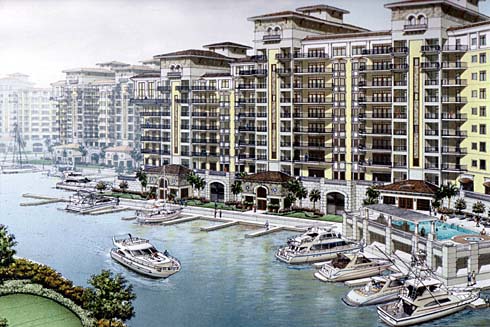GENTRIFICATION
Understanding Gentrification: Balancing Growth and Social Impact in Real Estate
Gentrification, a term that has garnered significant attention in the realm of real estate and urban development, embodies the complex interplay between revitalization, community dynamics, and social equity. As neighborhoods undergo rehabilitation and revitalization, the phenomenon of gentrification often surfaces, bringing to the forefront the intricate juxtaposition of progress and displacement within urban landscapes.
The Dynamics of Gentrification
At its core, gentrification encapsulates the transformation of neighborhoods, often characterized by the influx of higher-income residents and the displacement of lower-income communities. This metamorphosis is frequently accompanied by revitalization efforts, property value escalation, and the emergence of amenities and infrastructure, reshaping the fabric of the neighborhood and attracting a new demographic.
While gentrification may herald positive changes such as improved infrastructure, economic growth, and enhanced livability, it also raises poignant questions about social equity, community cohesion, and the displacement of long-standing residents. The juxtaposition of revitalization and displacement underscores the multifaceted nature of gentrification, prompting stakeholders to navigate the delicate balance between progress and social impact.
Navigating the Complexities
As real estate developers, urban planners, and policymakers engage with the complexities of gentrification, a nuanced approach that prioritizes community engagement, affordable housing initiatives, and inclusive development emerges as a pivotal tenet in addressing the challenges posed by gentrification. By fostering dialogue, implementing affordable housing quotas, and preserving the cultural and social heritage of neighborhoods, stakeholders can strive to mitigate the adverse effects of gentrification while harnessing its potential for positive transformation.
Embracing Inclusive Development
In the pursuit of sustainable urban development, the ethos of inclusive development takes center stage, advocating for equitable growth, affordable housing provisions, and the preservation of community identity. By championing inclusive development strategies, stakeholders can endeavor to harness the benefits of revitalization while safeguarding the interests and well-being of all community members, fostering a harmonious coexistence between progress and social equity.
Conclusion
Conclusion
Gentrification, as a phenomenon deeply intertwined with the realms of real estate and urban development, encapsulates the intricate interplay between progress, displacement, and social impact. By embracing a holistic approach that prioritizes community engagement, affordable housing, and inclusive development, stakeholders can endeavor to navigate the complexities of gentrification, striving to foster sustainable, vibrant neighborhoods that harmonize progress with social equity, thus embodying the principles of responsible urban development and community well-being.
How can affordable housing initiatives mitigate the adverse effects of gentrification?
What strategies can be employed to preserve the cultural heritage of gentrifying neighborhoods?
What are the key principles of inclusive development in addressing gentrification challenges?
MORE REAL ESTATE TERMS
A, B, C, D, E, F, G, H, I, J, K, L, M, N, O, P, Q, R, S, T, U, V, W, X, Y, Z
Featured New Home

Featured Mortgage Brokers
- MOVEMENT MORTGAGE LLC, RICHMOND, VA
5014 MONUMENT AVE
RICHMOND, VA 23230 - FINANCIAL FREEDOM ACQUISITION LLC, IRVINE, CA
1 BANTING
IRVINE, CA 92618 - MOVEMENT MORTGAGE LLC, CHARLOTTESVILLE, VA
2271 SEMINOLE LN
CHARLOTTESVILLE, VA 22901 - CARRINGTON MORTGAGE SERVICES LLC, SANTA ANA, CA
1610 E SAINT ANDREW PL STE B-1
SANTA ANA, CA 92705 - SUMMIT MORTGAGE INC, FORT WAYNE, IN
8614 SAINT JOE RD
FORT WAYNE, IN 46835